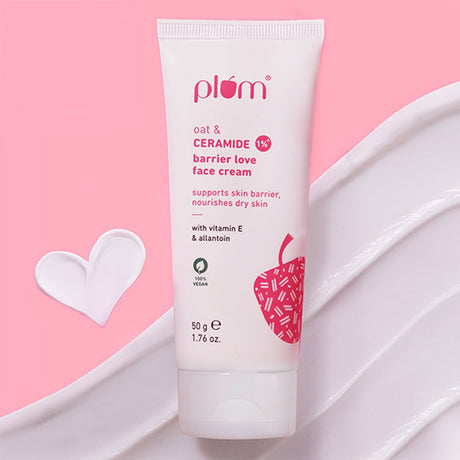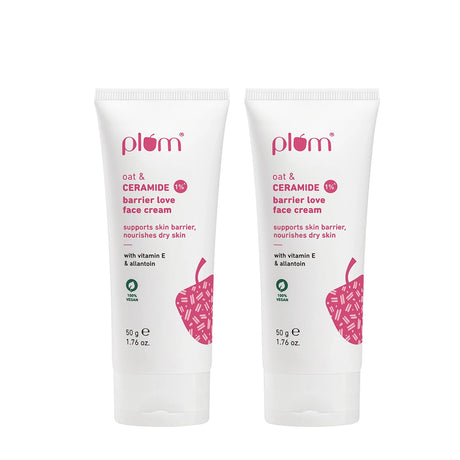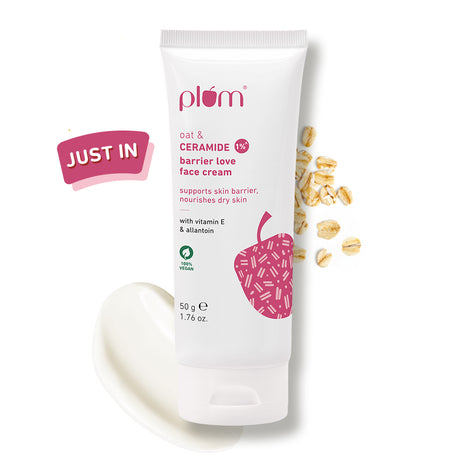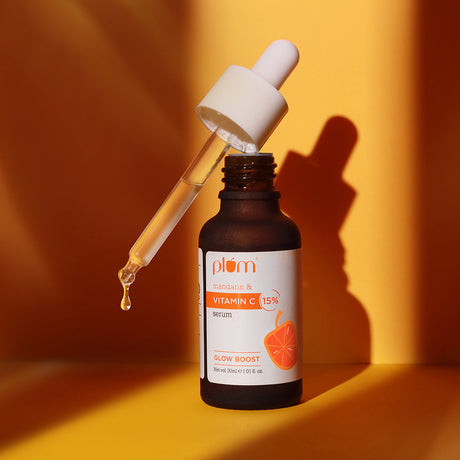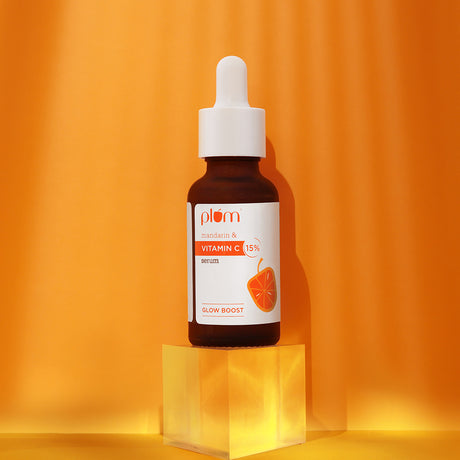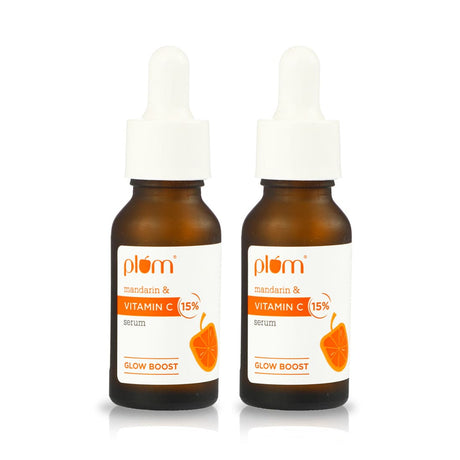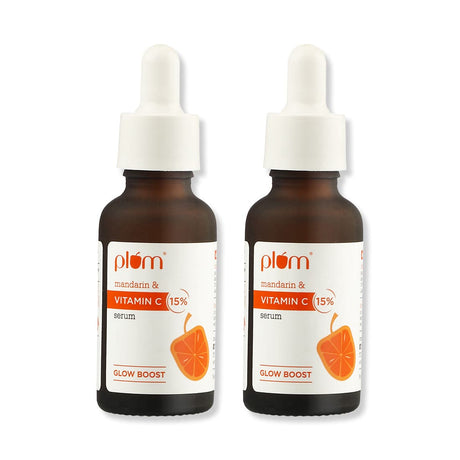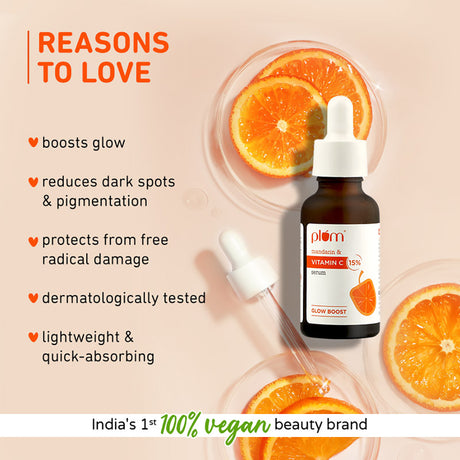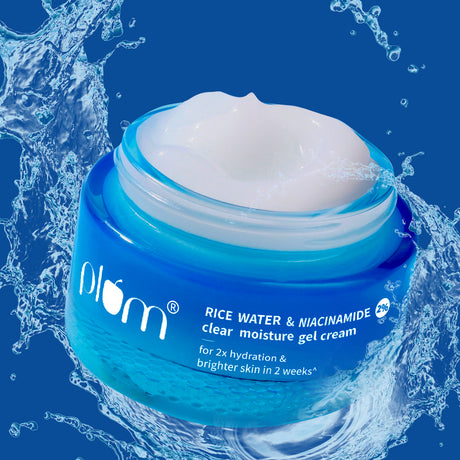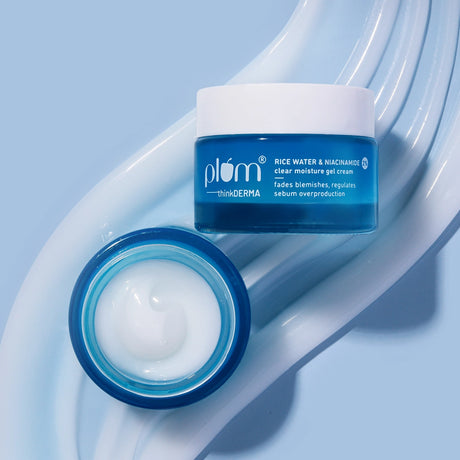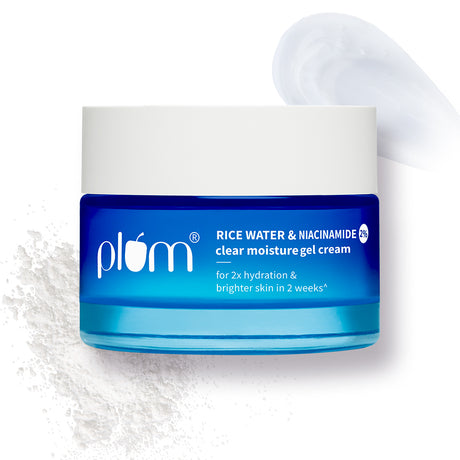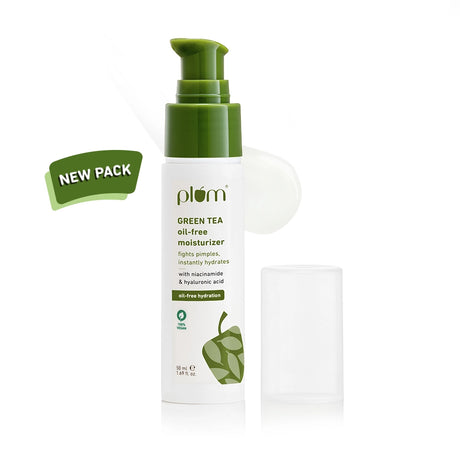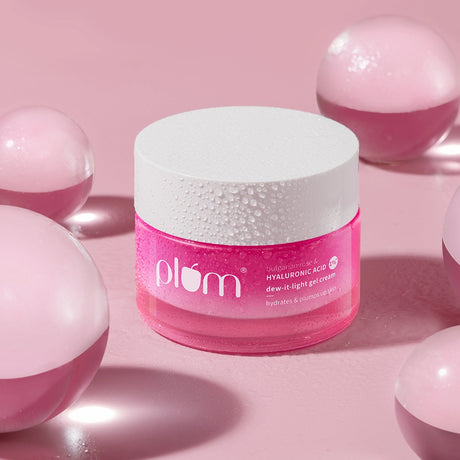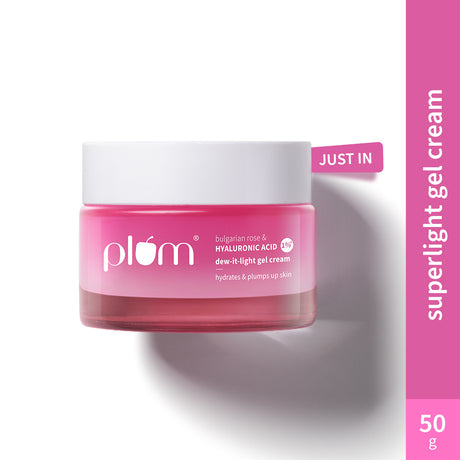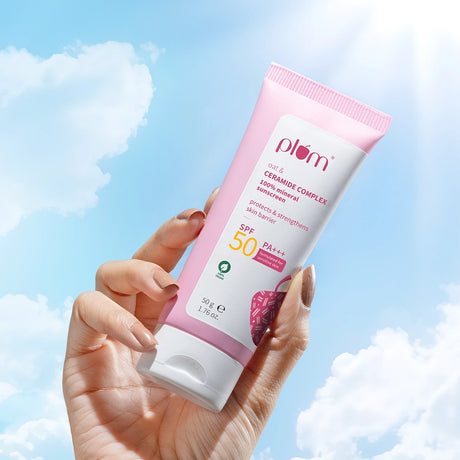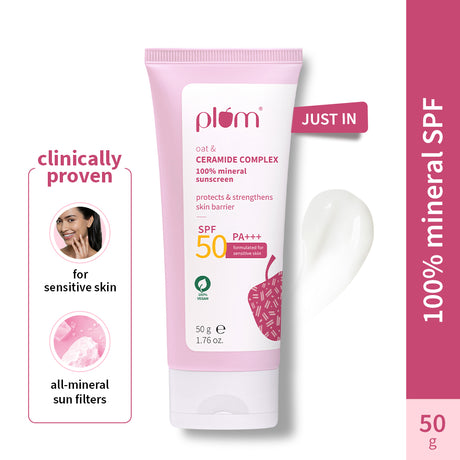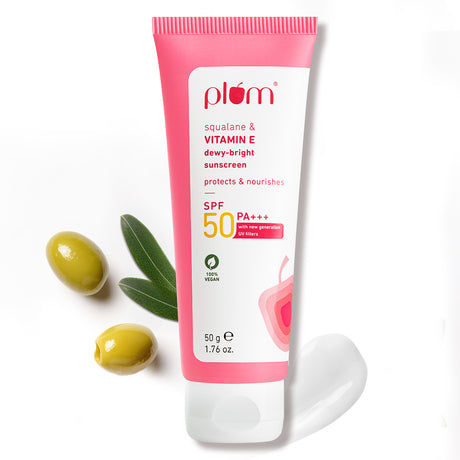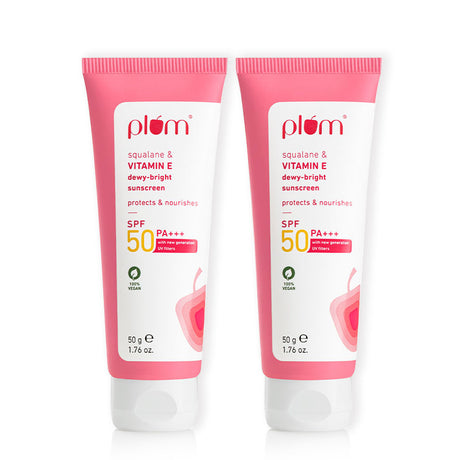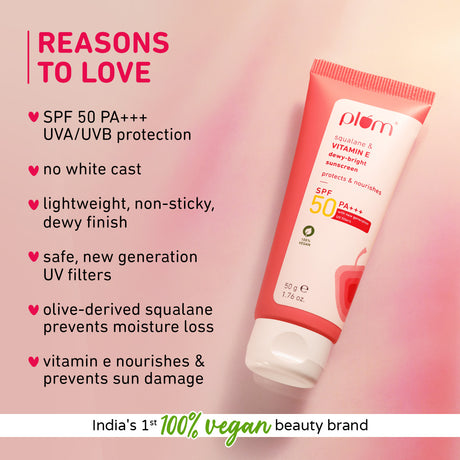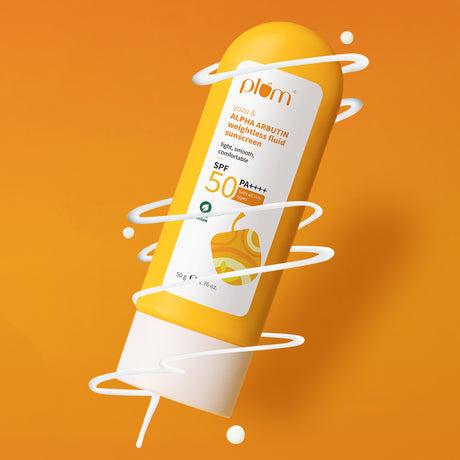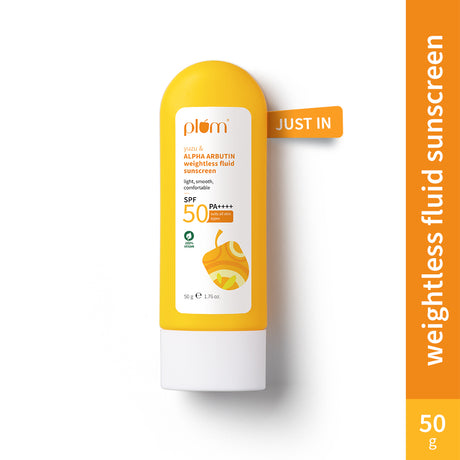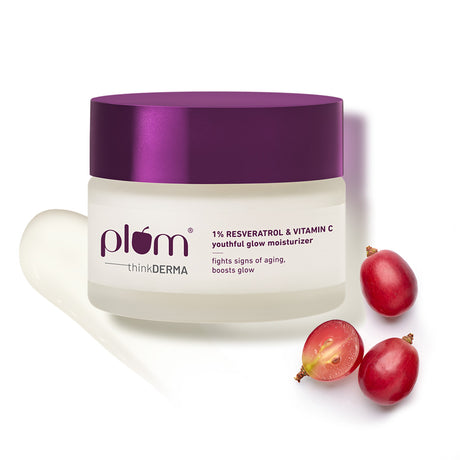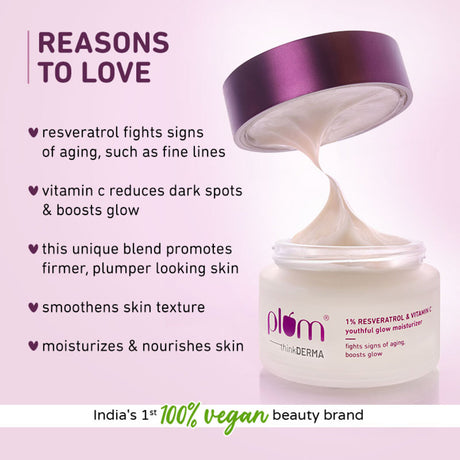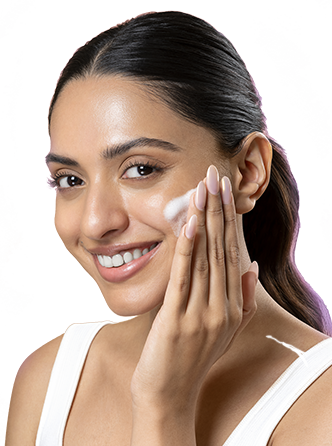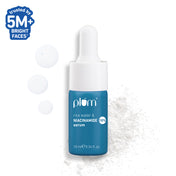
IN THIS ARTICLE
Does your skin feel tight after washing or ashy, flaky, rough, and dry even minutes after applying moisturizers? If yes, your skin is dry and dehydrated.
For some, dry skin is a seasonal inconvenience, but for others, it can be a constant battle, no matter how many layers of moisturizer they slather.
When dryness starts bothering your daily routine, it's time to look deeper.
Here is a quick guide on what dry skin is, its reasons, and simple ways and routines to manage skin dryness. Read on.
How do you define dry skin?
When your skin lacks adequate oil and moisture, it gets dry and flaky. If it is a seasonal change, it could be due to a drop in air moisture. However, if your skin is constantly dry and flaky, it could be due to chronic dryness in the skin caused by a variety of different factors.
Dryness in the skin could feel flaky, itchy, red, and cracky, which can worsen in winters, extreme heat, or even low-humidity environments.
What are the reasons for dry skin?
Causes of dry skin could be:
- Long hot showers and overwashing.
- Use of harsh soaps and cleansers that repeatedly dehydrate your skin.
- Chronic conditions like eczema or psoriasis
- Inadequate moisturization especially in areas like elbows and knees.
- Ageing leads to weakened skin barrier
Are there any types of dry skin?
Yes, there are a few dry skin types. While one is a skin type, others could be due to any medical or lifestyle factors.
- Dry skin as a skin type: Mild dryness caused by seasonal or temporary environmental changes.
- Xerosis: This is a severe form of dry skin, often leading to cracking and irritation.
- Eczema-related dryness: Those with eczema experience extreme dryness due to skin barrier issues, leading to the occurrence of scabs, flakes, and even itch.
- Psoriasis-related dryness: In psoriasis, dry patches form due to rapid skin cell turnover, leading to thick, scaly areas.
How can you identify dry skin?
It can be tricky to differentiate between skin that is temporarily dry and chronic dry skin. Some signs that you have dry skin include:
- A rough texture or flakiness
- Feeling tight after cleansing or washing your face
- Fine cracks or peeling, especially around the nose and mouth
- Red patches or irritation
Effective treatment for dry skin
Whichever type of skin dryness you are dealing with, it's imperative to follow an effective dry skin routine and use the right products to combat it. Here is a simple step-by-step guide to tackle dryness in your skin:
1. Cleansing:
To treat dry skin, you need a cleanser or face wash that cleanses your skin without stripping off natural oils and nourishment from your skin. Opt for a gel or cream-based gentle cleanser and do not wash your face more than twice. Avoid foaming or soap-based cleansers as they can be harsh on your skin.
You can try the
2% Niacinamide & Rice Water Simply Bright Face Wash
1% Oat & Allantoin Deep Nourish Face Wash
2. Hydration:
To replenish the lost moisture, you need to hydrate your skin adequately.
- After cleansing, spritz an alcohol-free toner to balance your pH level.
- Follow up with hydrating serums like hyaluronic acid or niacinamide to reduce trans-epidermal water loss from the skin.
- Seal in moisture with a rich moisturizer enriched with ingredients like hyaluronic acid, ceramides, vitamin E, or peptides.
Plum’s Eluminence Deep Moisturizing Crème is a great option for deep hydration in the daytime.
However, a rich moisturizer like Bright Years Restorative Overnight Crème can help smoothen and repair your skin while you sleep.
2% Hyaluronic Acid Serum with Bulgarian Rose
2% Niacinamide & Rice Water Gel Cream
3% Niacinamide Face Toner with Rice Water
3. Sun protection:
While opting for sunscreens, look for hydrating options that nourish while protecting your skin against sun damage. Opt for a broad-spectrum sunscreen with SPF 30 or higher.
Following are some hydrating sunscreen options :
2% Niacinamide & Rice Water Gel Cream
Squalane & Vitamin E SPF 50 PA+++ Dewy-Bright Sunscreen
Cica & Hyaluronic Acid SPF 50 PA+++ Sunscreen
Additional tips for managing dry skin
Besides the right skincare routine and products, some lifestyle changes can help improve hydration in your skin, reducing skin dryness.
- Avoid long showers: Avoid long hot showers, which strip your skin of natural oils, making it dehydrated. Instead, use mild soaps and shower gels for shorter baths with lukewarm water.
- Hydrate your body adequately: Drink plenty of water throughout the day to keep your skin hydrated from within. You can also use a humidifier at home to maintain skin moisture, during winters or dry climates.
- Choose clothing wisely: Choose soft, breathable fabrics like cotton and linen. Avoid synthetic fabrics like nylon, rayon, or polyester that can irritate dry skin.
Home remedies and natural treatments for dry skin
While skin treatment for dry skin involves the right products, a few home remedies can further help soothe dry skin and restore moisture.
- DIY masks and treatments: Ingredients like rice water, oatmeal, yogurt, and aloe vera are excellent for hydrating dry skin. You can whip a simple rice water, aloe vera, and yogurt mask to replenish moisture once a week.
- Natural oils & butter: if you have dry patches in your skin, natural oils such as jojoba oil, olive oil, and shea & cocoa butter can significantly help smoothen and soften them with their moisturizing properties. You can apply these oils directly to your skin or mix them into your moisturizer for an extra hydration boost.
When should you consult a dermatologist for dry skin treatment?
While the right skincare routine will help in most cases of dry skin, you might need to see a dermatologist in the following conditions :
- If your skin remains exceedingly dry despite moisturizing it adequately.
- You must visit a dermatologist if the dryness is accompanied by symptoms like redness, swelling, pain, or cracks.
- For chronic conditions like eczema or psoriasis that may require prescription treatments.
It could be difficult to manage dry skin that flares up during seasonal changes. However, a consistent dry skin care routine with the right ingredients can help you achieve hydrated, and healthy skin.
FAQ
1. What is the best treatment for dry skin?
The best treatment for dry skin includes using gentle cleansers, applying rich moisturizers, and protecting the skin with SPF. Incorporating hydrating ingredients like hyaluronic acid, ceramides, and glycerin also helps.
2. How can I hydrate my skin naturally?
Natural hydration for dry skin can be achieved by drinking enough water, using natural oils & butter like jojoba oil or shea butter, and applying DIY masks with yogurt & rice water.
3. How do I know if I have dry skin?
Signs of dry skin include flakiness, itching, rough texture, and a tight feeling after washing. Chapped lips or cracked heels are also a sign of skin dryness.
4. What causes dry skin?
Dry skin can be caused by environmental factors like cold weather, long hot showers, harsh soaps, and medical conditions such as eczema and psoriasis.
5. How do you fix super dry, flaky skin?
To treat super dry, flaky skin, use a combination of hydrating cleansers, thick moisturizers, and gentle exfoliants. Avoid long hot showers and apply a moisturizer immediately after washing.



